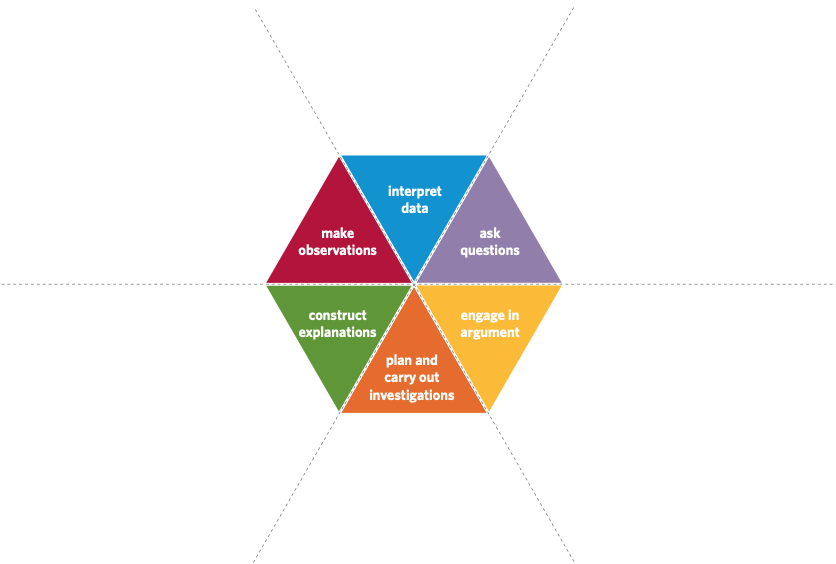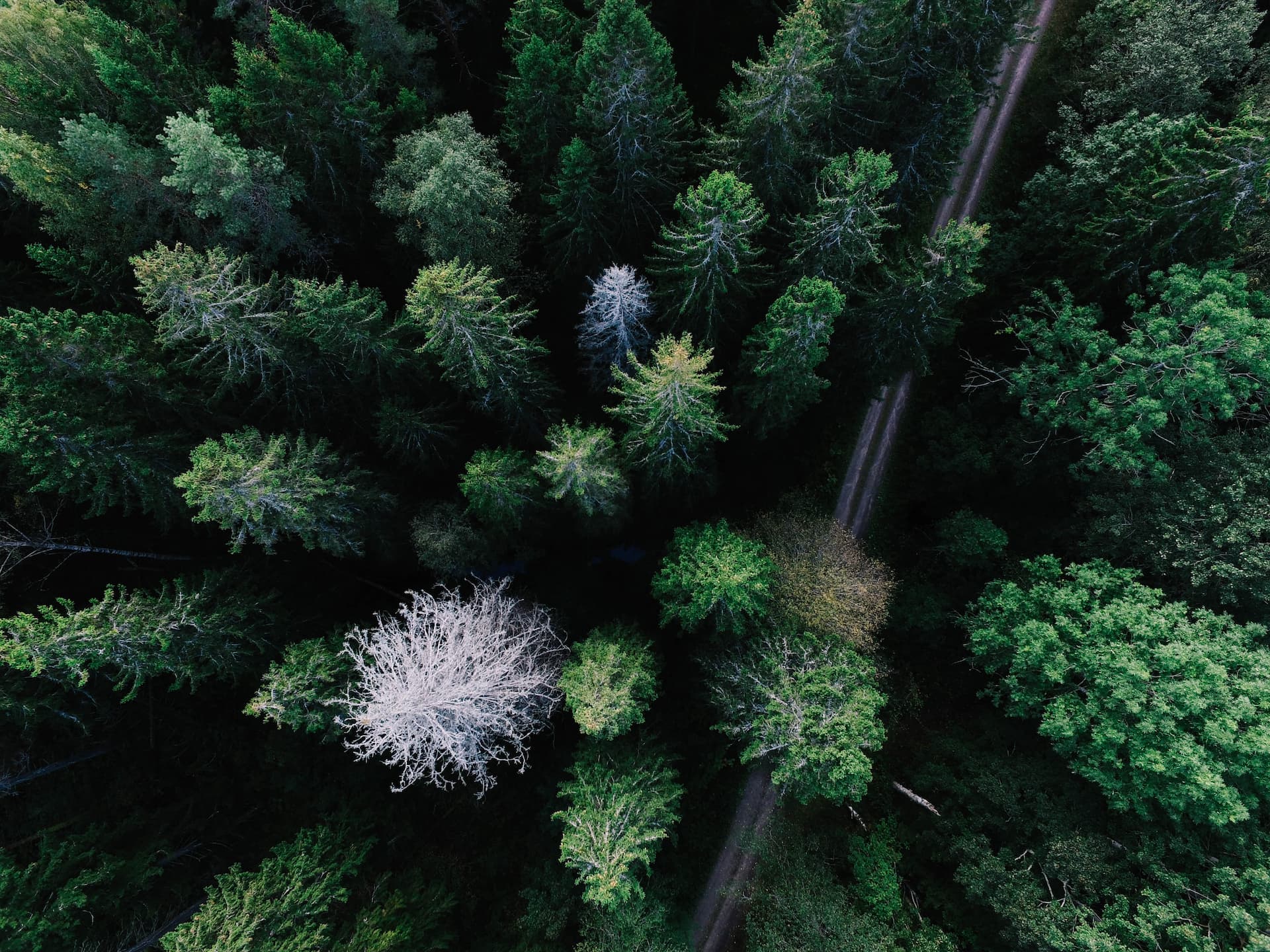Authors: Andrew Collins, Krista Doersch, Laura Herszenhorn, Rebecca Johnson, Clea Matson, and Alison Young
California Academy of Sciences – CITIZEN SCIENCE TOOLKIT
https://www.calacademy.org/educators/citizen-science-toolkit
Utilize existing resources
Many existing citizen science projects have tools and tutorials
for preparing and training volunteers, and some have resources for teachers. Make sure to fully investigate the website of the project you’re interested in to see what is available. It is especially important to follow the data collection methods outlined for each project to ensure the data your students collect are valid.
Prepare Students
It will be important to provide some training specific to the citizen science project that you or your students choose. This might include content information about a species or habitat or context about the research question(s) being asked.
Skill building
Citizen science projects provide wonderful examples of the scientific inquiry process at work; each project arose from a desire to better understand some unknown in the world. It is important to note that most citizen science projects focus on data collection as the primary form of contribution. Tasks like counting birds, observing bees, and documenting trees are easy ways for students to participate, but limiting youth to this one point in the inquiry science process can obscure their understanding of the big picture.
Depending on your project, students can be guided through extra activities that help foster the full range of skills. This will not only help further frame citizen science as a holistic process of exploration, but will also enhance the quality of students’ participation and build confidence in their ability to contribute to research.
Below are some examples of opportunities for students to build scientific skills around particular content. You can adapt these activities to explore content related your chosen Citizen Science project:
- Observing Variation – Observe and document through scientific sketching.
- Field Guide to the Biodiversity of Your Schoolyard – Study local biodiversity, and recognize distinguishing features among species
- What Color is Your Leaf? – Collect and compare data about leaves from two different environments.
- Animal Behavior – Think critically about data collection and how to use your data to answer questions about animals you observe around you.
- Discovering Rainforest Locations – Compare maps showing worldwide temperature, precipitation, biodiversity, and soil nutrition levels to predict where on our planet’s rainforests are located.
- Create a Campaign – Take action on a local or national cause you care about by creating a campaign.
Use the space below to outline opportunities within your chosen project to build students’ inquiry skills:

User Type
- Teacher/school
Resource type
- Step by step guides
Research Field



